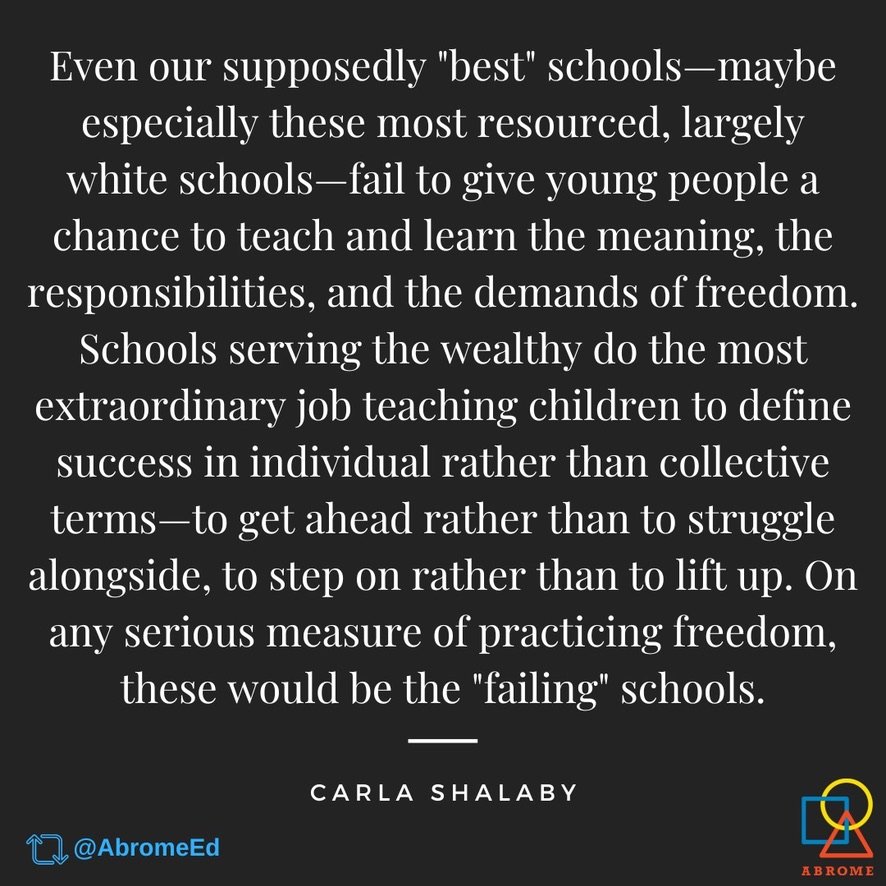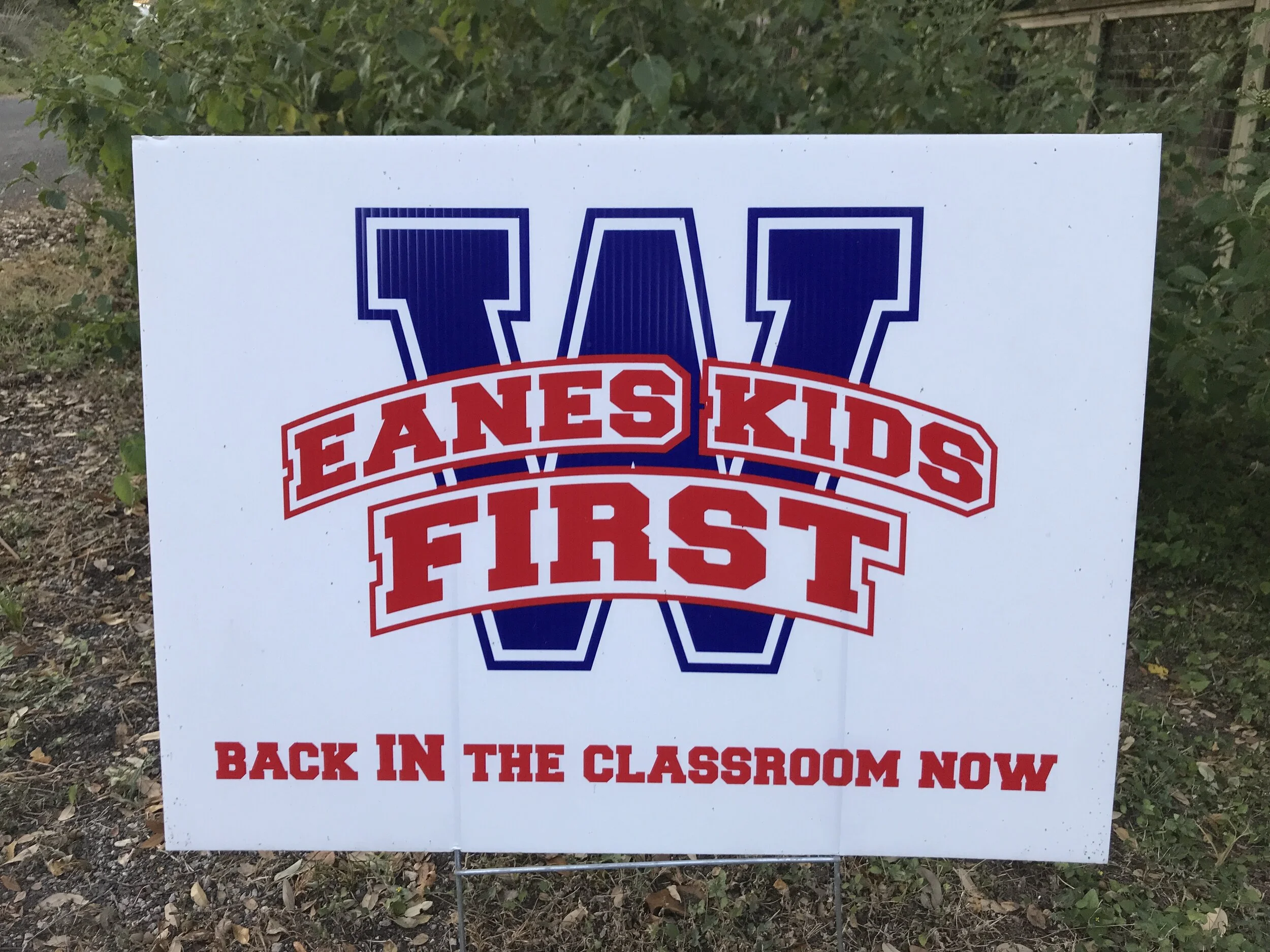While this essay series focuses on the problem of bullying, I would like to take a step back for a moment and address self-motivation, which is critical to academic and life success. Self-motivation is what makes or breaks many people once they come out the other end of the schooling apparatus, whether it be high school, college, or graduate school. There are many people who do well academically in school, only to fall on their faces in the “real world” because they never learned how to take control of their lives and drive toward a self-defined goal.[1] Following a syllabus and neurotically studying to perfectly answer every question that will be on the test might give one a perfect GPA, but it leaves little to no time for young people to author their own lives.
Self-determination theory (SDT), made famous by Edward L. Deci and Richard Ryan, states that there are three needs that are essential for the psychological health and well-being of an individual: competence, autonomy, and psychological relatedness. When these three needs are not met over a sustained period of time, there are significant and substantial risks that an individual will suffer mentally, physically, socially, and emotionally. And in traditional schools, autonomy is virtually absent. That lack of autonomy undermines self-motivation which does not bode well for the future happiness and success of students. It is also a major driver of bullying in schools, which destroys psychological relatedness and further undermines the well-being of students.
A decade old research study conducted at W. F. Boardman Elementary School in Oceanside, New York, focused on SDT to identify the causes of bullying in the school.[2] What they found, similar to most traditional schools, is that there were very few instances in which their students could act autonomously in their learning, even though teachers thought they were providing their students with ample choices and opportunities for self-expression. Most remarkably, this study focused on the bullied, and not the bullies, and lack of autonomy, real or perceived, was a common factor for those who were most bullied. A lack of autonomy in education can easily be extrapolated to a lack of autonomy over one’s life, and those who feel they have the least control over their lives seemingly become easily identifiable targets for bullies.
In addition to grooming the bullied, the lack of autonomy in school grooms the bullies as well. First, we know that those who have been bullied are much more likely to become bullies themselves.[3] Hurt people hurt people is a cliché that bears true in bully-infested schooling environments. Second, there is ample research that shows that a lack of autonomy over one’s life promotes dysfunctional behaviors, many of which manifest themselves as bullying. While education researchers have touched upon this dynamic, prison researchers have done a much better job addressing the matter. The only American institutions that provide people with less autonomy than schools are prisons, jails, and parts of the military (e.g., basic training), each of which are also plagued with bullying.
Research by Anthony Bottoms highlights that while dysfunctional behaviors were common in prisons, the more prisoners were prevented autonomy in their daily lives, the more likely they were to engage in dysfunctional behavior, including violence toward other inmates.[4] Further, Bottoms highlighted the success of the Barlinnie Special Unit in Scotland for violent offenders. Breaking with convention, this unit provided greater than usual prisoner autonomy in spite of their more complicated prison population, and significantly brought down dysfunctional and violent behaviors, including bullying.[5]
Student autonomy means handing the reins of education over to the learner. It does not mean there is no role for adults, but it requires that adults abdicate their role as authoritarians who dictate where, when, what, and how students learn. Student autonomy allows learners to make the decisions that are relevant to their education, and gives them the belief that their approach to learning will have a significant impact on the outcomes of their learning.
While lots of schools may give lip service to the idea of autonomy, very few have offered even a small sampling of it to their students. They may allow students to choose a topic to research, who they can work with on a project, or the format of the end product that they will be graded on, but such narrow options do not equate to student autonomy. One place schools can look to within their system for proof that greater autonomy is possible in learning are individualized education plans (IEPs). IEPs have traditionally been reserved for students that have been labeled as learning disabled, but schools should expand them to all students. IEPs are an attempt to personalize learning, and the most effective IEPs allow the student to have greater ownership over their education by given them an opportunity to provide input into how they will learn, what they will learn, and how that learning will be assessed. Unfortunately, the structures and practices of schooling prevent even the most forward thinking traditional schools from taking increased autonomy as a tool to promote learning to its logical conclusion.
Because the schooling system treats children as though they are incompetent and ignorant people who are incapable of taking control of their education, they promote a sense of learned helplessness. This behavior or belief that develops in young people, in addition to handicapping their ability to learn, leaves them vulnerable to being bullied by others, or to developing into a bully as a means of externalizing control on others since they have no control over their own lives.
Giving students full autonomy in education can help undo the harm to the bullies and the bullied, and it can prevent future bullying. This is a step that all schools should eagerly embrace. However, doing so would require them to let go of the structures and practices they were all trained to employ, and that they are evaluated on.
(1) Our measure of “doing well” academically differs from that of most educators and parents. Their measure of doing well means getting the highest grades and ranking the highest among one’s peers. Our measure of “doing well” entails deep, meaningful, and enduring learning experiences that allow young people to lead remarkable lives. However, it should be noted that far more young people in the traditional schooling system are not doing well relative to the tiny few who are doing well.
(2) “Interrupting the Cycle of Bullying and Victimization in the Elementary Classroom”, Phi Delta Kappan, Volume 86, Number 4, December 2004, pp. 288-291. http://www.ernweb.com/educational-research-articles/successful-anti-bullying-program-focuses-on-victims/
(3) There is a chicken and an egg aspect to bullying. Bullying requires the bullied and the bullies. However, once the cycle starts, there are ample numbers of people who were bullied waiting in the wings to become bullies.
(4) Bottoms, Anthony E., William Hay, and J. Richard Sparks (1995). “Situational and Social Approaches to the Prevention of Disorder in Long-Term Prisons.” Long-Term Imprisonment: Policy, Science, and Correctional Practice. editor. Timothy J. Flanagan. Thousand Oaks, California: Sage.
(5) Some may take issue with our use of prisons as a way to highlight the point about the lack of autonomy in schools. While we do not intend to minimize the inhumane treatment of inmates in prison, it should be noted that there are many parallels between schools and prisons. Both are hierarchical institutions where the students/inmates have no choice but to follow the directives of the staff. There are punishments for non-conformity (e.g., dress codes) and there are rules that cannot be questioned. Additionally, there are legal consequences for those who flee schools (truancy) and prisons.















